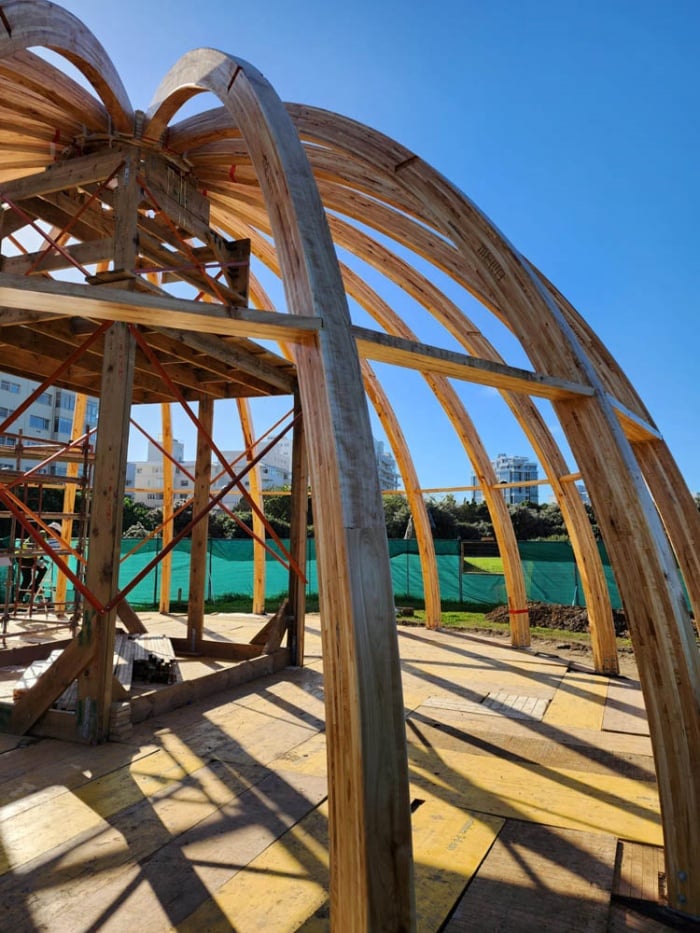By Roy Southey
Not only is the planet facing an environmental crisis, there is a housing crisis at the same time. Yet there is a sector that is often overlooked as a viable, renewable, long-term solution to climate change and urbanisation.
After attending the annual Wood Conference in Cape Town at the end of February, I was inspired to hear and see how wood is successfully used in the building industry; not only in the Northern Hemisphere, but also on home soil. From modern houses in a self-sufficient (off-the-grid) community in Mogale City to a learning center in the Drakensberg, a new house on Knysna, a roof extension of a Johannesburg house and the Groenpunt training center in Cape Town.
When you think of wood, you might think first of a log cabin or maybe even a wendy house – or maybe a roof hood and wooden floor. It is unlikely that you would think of a multi-storey building made of cross-laminated timber (CLT, cross-laminated timber) – a type of engineered timber for mass timber production.
You’re forgiven, given that less than 1% of new South African homes use wood as the primary building material. In contrast, 90% of new houses in New Zealand are built from wood.
As a sector that tries to promote the use of mass wood, we are faced with the idea that the brick and cement method is the only way to build houses, schools and clinics. There are many misconceptions, including about strength, durability, fire safety and cost. Many people consider wood rudimentary or weak.

Mass wood uses technological advances to modify wood so that it has a stronger strength-to-weight ratio. In the case of CLT, thin layers of timber are laid crosswise before being bonded together.
It is said that wood is not manufactured, it grows. From a South African point of view, wood comes from sustainably managed forestry plantations.
The forestry products industry is the only one with the trifecta of green solutions when it comes to carbon sequestration through trees in managed forests, carbon storage in products and the replacement of carbon-intensive materials with wood-based products.
The construction industry is responsible for 35-40% of global energy-related carbon emissions, with a large portion attributed to the extraction, processing and energy-intensive manufacturing of building materials. The other main source is operational emissions from heating, cooling and power generation.
Wood has a significantly lower carbon footprint compared to traditional building materials such as concrete and steel. Wood also maintains a carbon-negative status throughout its life cycle – from initial production to disposal – and it sequesters more carbon than it releases during processing and installation.
Our colleagues at Stellenbosch University (SU), prof. Brand Wessels and Dr. Philip Crafford, has published several research works highlighting the benefits of increased wood use in South Africa. Basic modeling analyzes show that if the wood-based market share of new building projects were increased to 20%, the energy and global warming potential of the residential building sector could be reduced by 4.9%.
As our population grows and economic migration increases, there is an urgent need to change building methods to build high-density and single-family housing quickly, cost-effectively and sustainably.
There is a climate, economic and even social case to be made in favor of wood and also a significant opportunity for innovation, localization and job creation. Various industry players, architects and producers are concentrating on making engineered wood more accessible to the local market. Along with this comes the need for improved skills, retraining, business growth and employment opportunities.
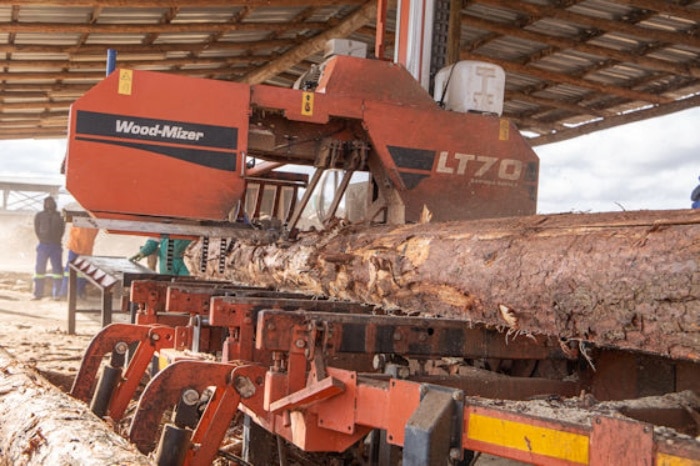
Timber lends itself to modern, modular and off-site methods of construction, with improved efficiency and performance. Single and multi-storey buildings are pre-fabricated and off-site. This means it can be built on site faster, there are fewer trips to and from the building site (and associated carbon emissions) and significantly less disruption, dust and noise.
The private and public sector are more inclined to tried and tested steel and concrete and are reluctant to promote the use of wood in the built environment through procurement policy.
Through initiatives such as the forestry master plan, partnerships with the Department of Trade, Industry and Competition, and forward-thinking academics, we want there to be a shift in favor of locally grown and processed wood.
The University of Pretoria (UP) and SU place a strong emphasis on wood science and help to train a new generation of architects and construction engineers.
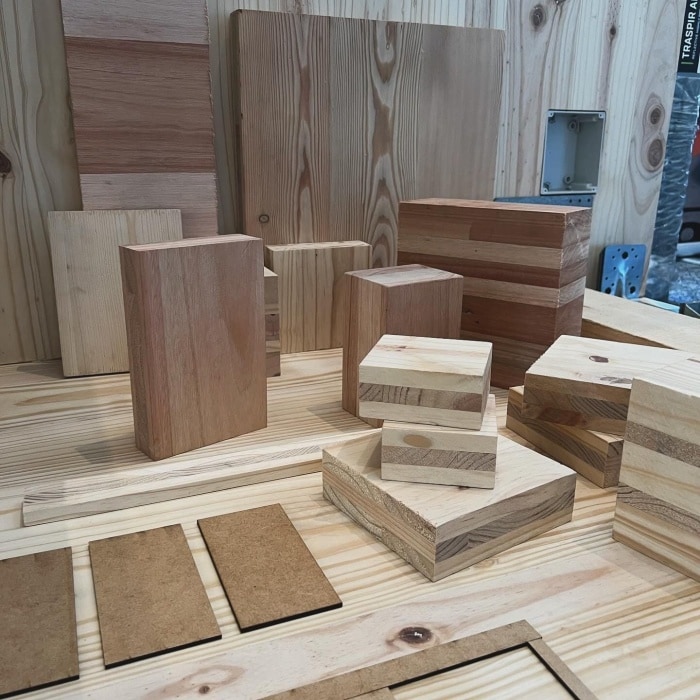
Dr. Schalk Grobbelaar, a senior lecturer and chairman of the York Timbers chair in structural timber engineering at the UP’s department of engineering and technology management, is a big supporter of our cause. He believes that a design-led approach is crucial to successful risk management when using wood solutions, while also exposing people to all the possibilities that wood offers.
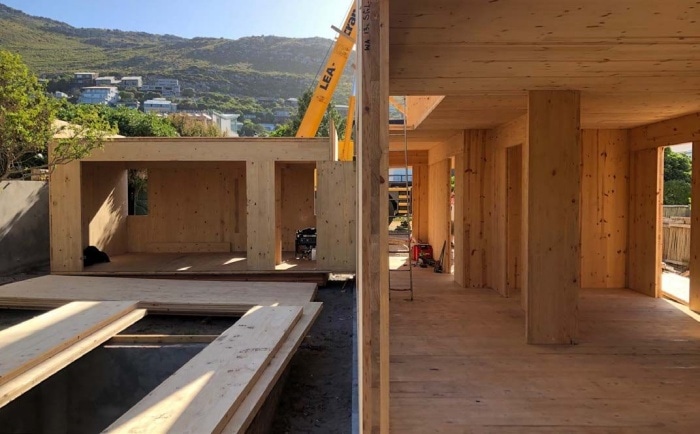
Dr. Grobbelaar’s team focuses on traditional timber frame construction combined with modern numerical computer controlled (CNC, computer numerical control), machine-processed plywood and modular OSB- (oriented beach board-)construction.
Wessels and Crafford also developed The Wood app, a platform that gives architects, builders and designers access to a multitude of accredited continuing professional development courses on local wood standards, materials and best practices.
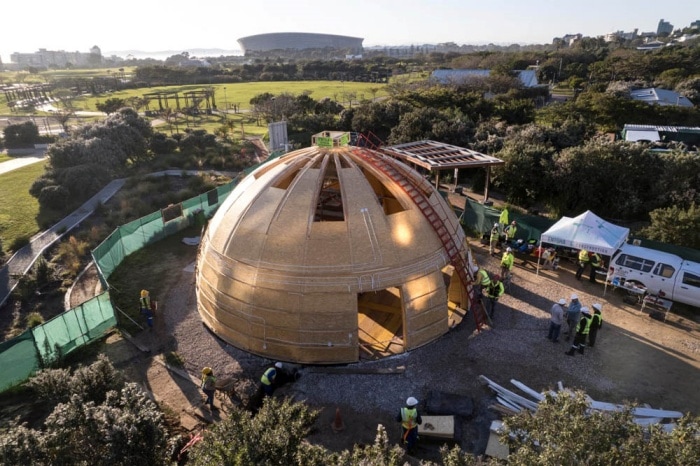
The sawmill sector, although still small compared to other sectors, provides products for various uses – from structural timber to shaped and machined products for decking, flooring and ceilings. Many of these sawmills are operated in rural or semi-urban areas and create much-needed employment opportunities for thousands of people.
The increased use of wood represents an enormous opportunity for our country and our planet.
It is time to put our trust in wood.

